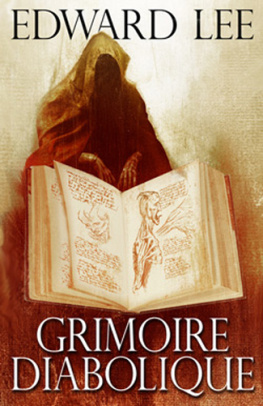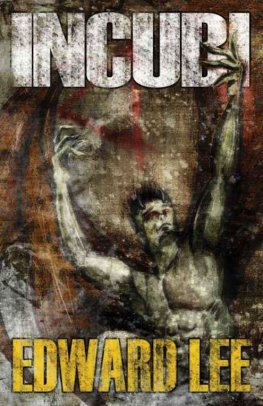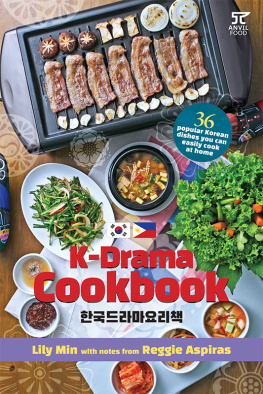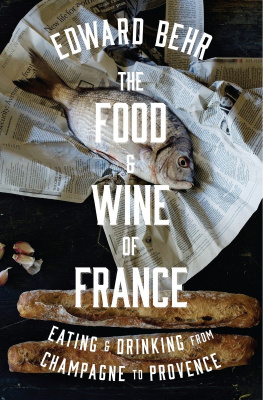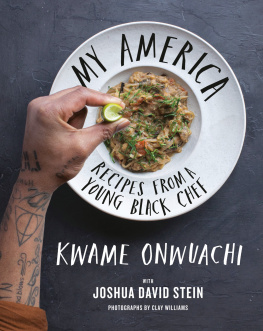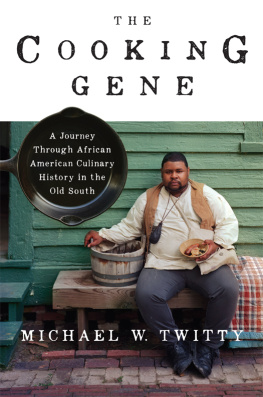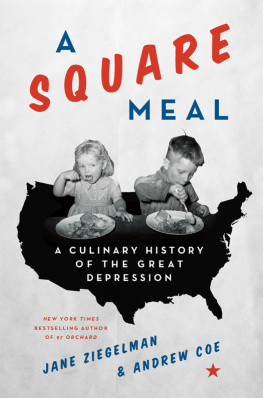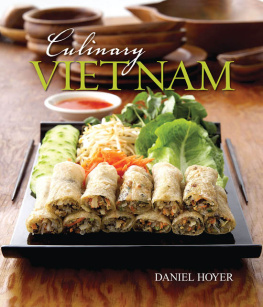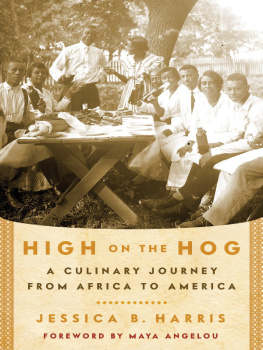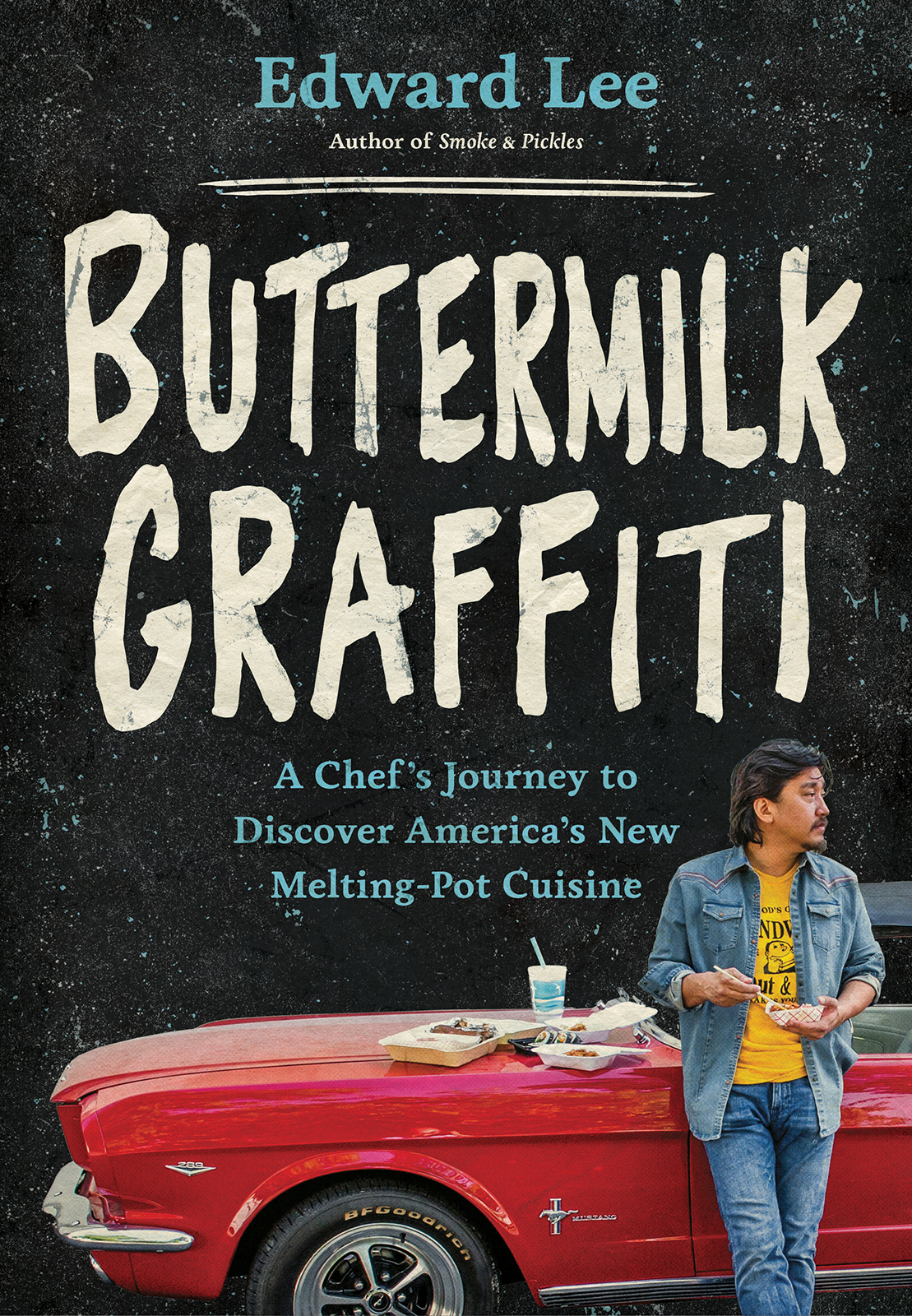
Edward Lee
buttermilk graffiti
a chefs journey to discover americas new melting-pot cuisine

ARTISAN | NEW YORK
These are the blazing days and you are asked to love
Rebecca Gayle Howell, from A Calendar of Blazing Days
TO DIANNE, who is my strength, my heartbeat, my magic
TO ARDEN, who whispers to me the best stories ever
And to anyone who has ever crossed an ocean to plant a seed
Contents
Introduction
O ne of the most fascinating cookbooks I own is a small spiral-bound booklet called Favorite Southern Recipes, published in 1937 in Lexington, Virginia. It is a collection of recipes with no introduction or headings; no authors name is given. The recipes appear in paragraph form, are sparsely worded, and are written in a mechanical tone that assumes the reader has a working knowledge of the kitchen. The booklet includes recipes for everything from Crumb Pudding to Welsh Rabbit to an odd but delicious breakfast dish of eggs poached in milk. At the bottom of the table of contents is a sentence that reads, Some of the recipes in this book were copied from Mrs. Robert E. Lees book of recipes in her own handwriting.
Though I dont doubt that Mary Anna Custis Lee was a competent cook, Im also pretty sure she had a good deal of help in her kitchen. Favorite Southern Recipes, having been produced after her death, does not give credit to anyone else. The only indication of who might have been responsible for the recipes is the small black-and-white cover photo depicting an elderly African American woman in a servants outfit: a dark collared shirt, white waist apron, and mobcap. She is standing stiffly in front of a white picket fence. The look on her face is empty, haunting. She is not smiling. Nowhere in the booklet is it explained who she was or why she is on the cover.
Ive thought a lot about this nameless woman. Ive thought about the stories she could have told us. What if the cookbook had been written in her voice? What if she had been allowed to tell her story through the recipes that were most likely her inventions? It would have made this booklet more than just a collection of recipes; it would have given us a rare window into the life of a slave. Sometimes, when I read the recipes, I get a glimpse of what her life might have been like. When a recipe for corn pone tells me to mix water-ground cornmeal and cold water into a mixture that can be worked through the fingers, I see her hands working the batter, not the hands of Mary Anna Custis Lee. I hear her voice telling me to fry the oblong bits of corn poneshe would have been too busy to bother with measurementsa little at a time in a skillet with hot oil or lard. I see pots of collard greens and okra tomato stew simmering on the stovetop. I imagine pies cooling in a cupboard and pickles being preserved in jars. I wonder if she had children, and if they helped her in the kitchen. I see her imagined life, both tragic and uplifting, told through nuggets of the corn pone as they fry in the skillet.
Todays cookbooks are much different from that slim booklet from the past. They not only give the name of the author but tend to focus on his or her narrative. This says a lot about who we are as a culture now; we care about the person behind the recipes. For us, it is important to know as much about the cook as we do about his or her dishes. Cookbooks are living traditions. They reflect back to us who we are, as individuals, as a culture. It was the French gastronome Jean Anthelme Brillat-Savarin who first wrote, Tell me what you eat and I shall tell you what you are. I can modify that to fit our modern times: show me your recipes and I can tell you who you are.
When I wrote my first cookbook, Smoke & Pickles, back in 2013, I reflected on this idea a lot. It was a two-year process, writing that book. To research it, I read hundreds of cookbookseverything from Apicius to Mrs. Beetons Book of Household Management to Edna Lewiss The Taste of Country Cooking. For that book, I wanted to create recipes for the home cook, but I also knew I had to tell the story of how I had gone from being the child of Korean immigrants in Brooklyn to a Southern chef in Kentucky. Its an unconventional story, and I knew it would be an important one to explain why I cooked the food I cooked. You see, I would not be the chef I am today without the influence of both my heritages: my Korean childhood in Brooklyn and the traditions of Southern food Ive learned to love. Because my life has been an improbable journey from Canarsie to Kentucky, an unlikely coupling of Korean and Southern cuisine, I am fascinated by other unlikely couplings that make up the narrative of life in America.
The title of this book, Buttermilk Graffiti, is poetic shorthand for my life. Buttermilk is the iconic ingredient of the American South, one that I not only learned to cook with but grew to love. Graffiti is the art form that first inspired my identity, the thing that connects me to the memories of my youth in Brooklyn in the 1980s. Each word by itself is important but one-dimensional. When they come together, though, they become the full story of who I am. If my food were just one or the other, it would be fine, but it wouldnt be as uniquely layered.
While I was on tour for Smoke & Pickles, I visited a lot of places. It was the first time I got to experience this country on a rigorous schedule, visiting city after city, day in and day out. I could be in Milwaukee one day and then New Orleans the next, and with each new town, I saw the culture of America unfolding before my eyes. The experience gave me a perspective Id never had before. There were many lonely nights spent in airport bars or walking unfamiliar streets, and it was during that tour that the seeds of this book germinated. I ate great food everywhere I went, but more than that, I listened to beautiful, unlikely stories told by people from many walks of life, stories that were not necessarily about food but that helped me put what I was eating into a greater cultural context. I think about the town of Lowell, Massachusetts, and the Cambodian immigrants who are creating a lasting influence on the citys cultural and culinary landscape. It is a fascinating example of the American dream and a new American cuisine that is cropping up all over small towns everywhere. But that story of Cambodian immigrants is incomplete without the tale of an Irish boxer who fought his way out of the poor tenement housing projects to become a local legend and owner of the best bar in Lowell. On the surface, the two stories have nothing to do with each other; but to me, they are inseparable. They give texture to a time and place in America where we are witnessing one culture give way to another. Just as my life has been an unlikely progression from graffiti to buttermilk, I see the soul of a city like Lowell linked by a boxer and a chef of Cambodian cuisine. The connection may not seem evident at first, but it exists and will forever shape the history of Lowell.
I cannot eat a dish without wondering who cooked it and what her story is. For me, the discovery of a great dish is not the pinnacle; it is just the beginning. The fun part is figuring out how a cook creates a dish, and why. Was she out of the ingredient called for in a recipe and improvised? Did he embellish a dish plucked from a childhood memory? There is always more to the story than the ingredients on the cutting board. These stories, I believe, are the building blocks of a new American cuisine, one taking root all over the country.
Next page

